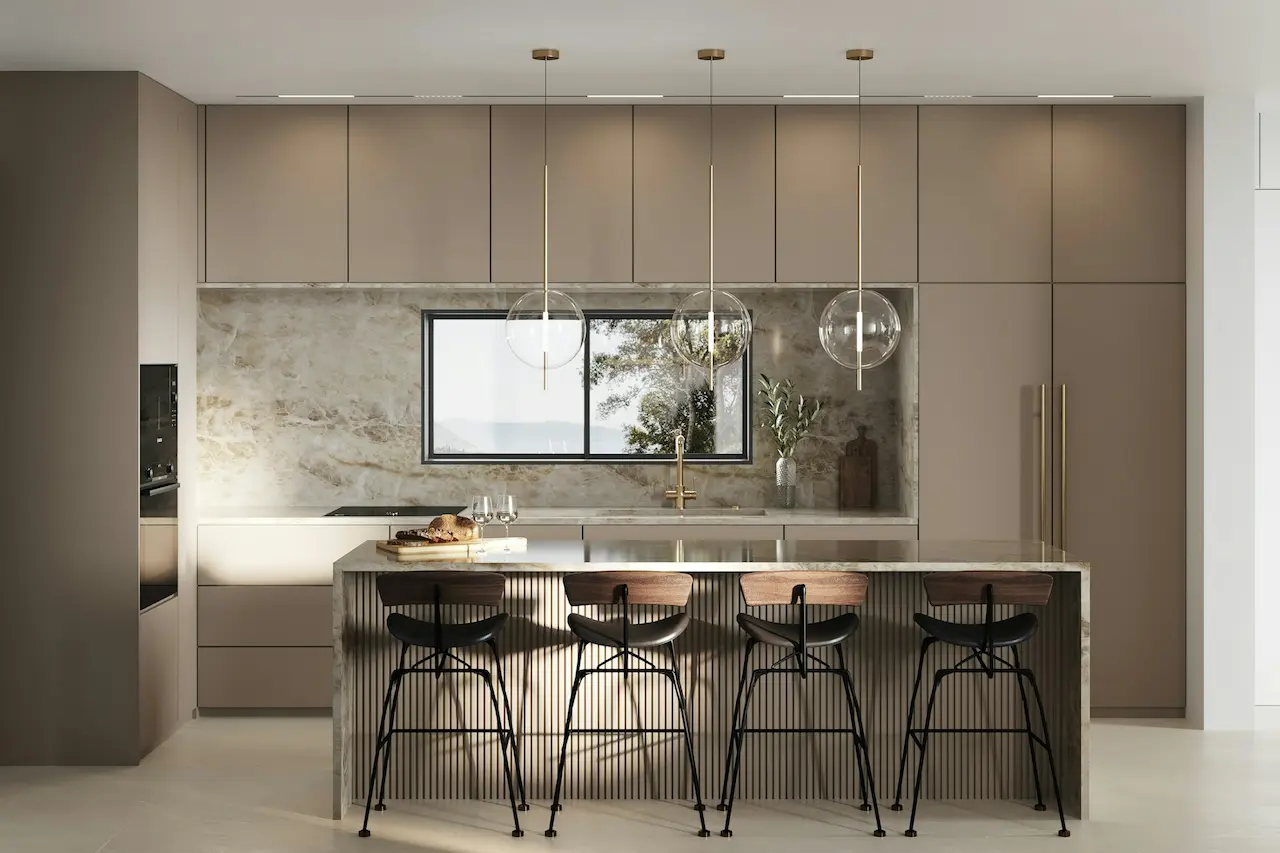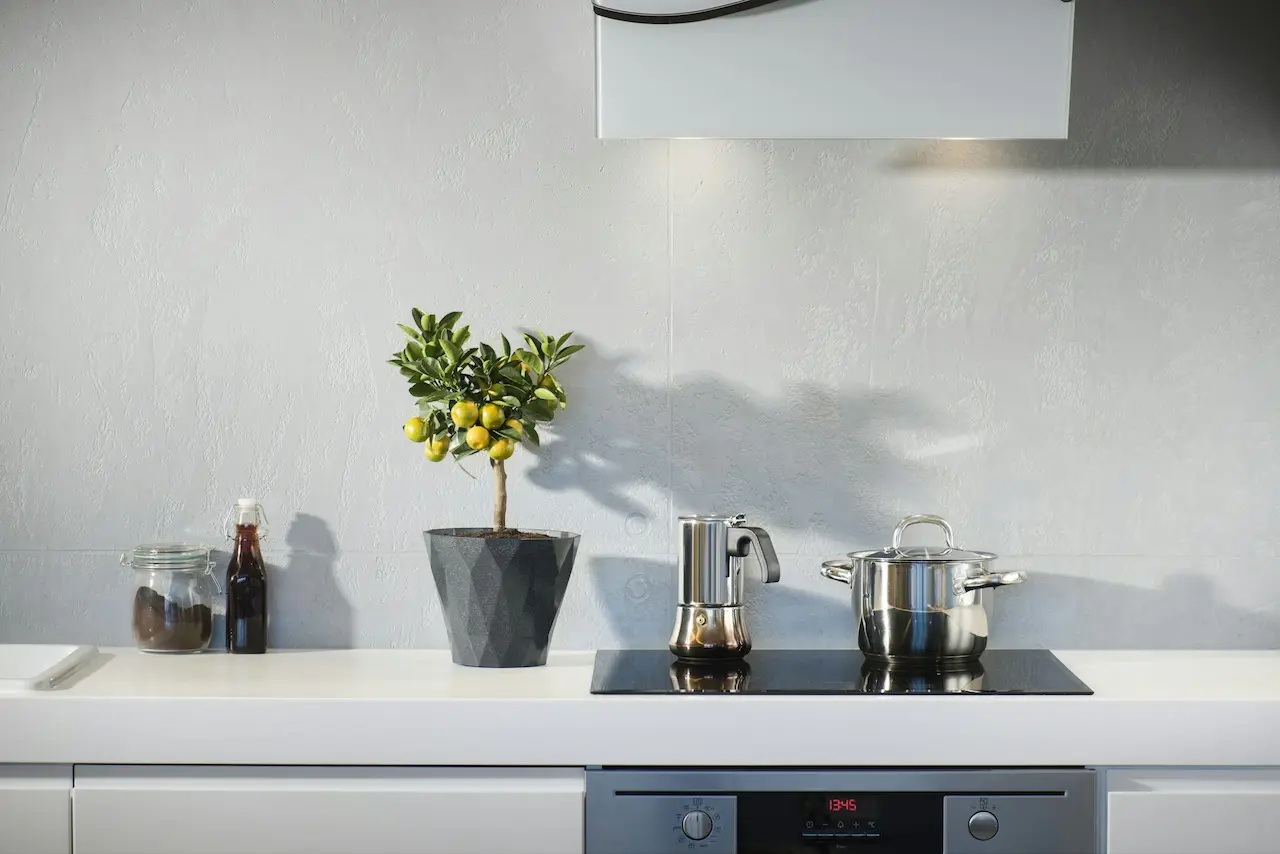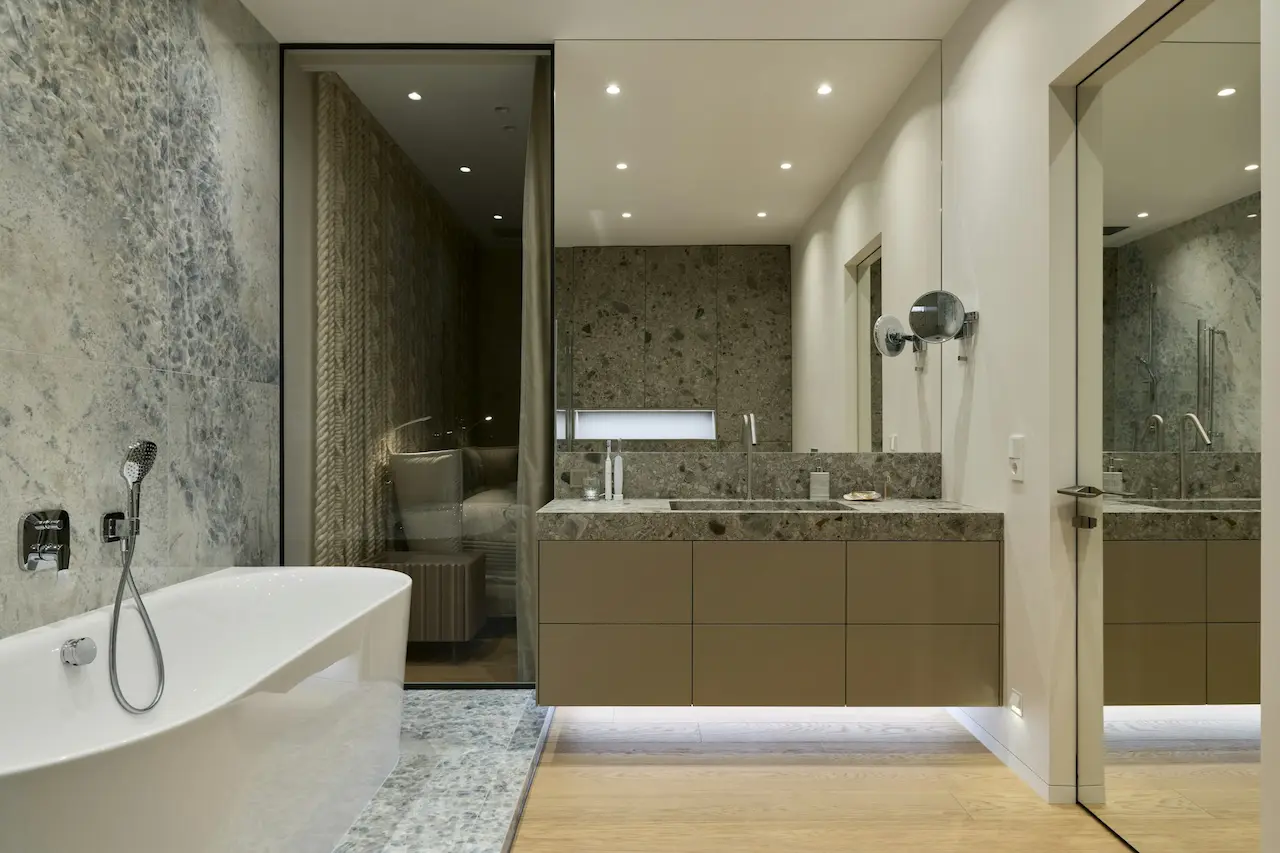How To Choose The Right Lighting For Your Kitchen Introduction
Choosing the right lighting for your kitchen is important for making it both practical and pleasant. Beyond only providing light, the correct lighting may also boost the mood, make cooking activities clearer to see, and increase the kitchen’s appearance. Selecting the ideal lighting system might be challenging because there are so many alternatives available, from under-cabinet lights to ceiling fixtures.
However, you can effectively customise your lighting options to fulfil your needs by taking into account aspects like the layout of the kitchen, specific duties performed, and the desired environment. We’ll walk through important factors and practical advice in this article to help you choose the ideal lighting options for your kitchen so that design and utility exist together.
Table of Contents
ToggleHow to choose kitchen lighting?
A great kitchen design depends on the lighting in the space; thus selecting kitchen lighting should always be at the top of your list of priorities when it comes to kitchen ideas. Before you focus on appearance, you might want to confirm how much light your kitchen actually needs. A lighting engineer may help with this.
To choose kitchen lighting, you need to consider the following points :
- Find out the lighting’s purposeful usage.
- Select the kind of fixtures that you wish to utilise.
- Think about how much light you require.
- Consider the fixtures’ ease of installation.
- Consider the importance of energy efficiency.
Plan Your Lighting
Proper lighting is essential for safe and convenient preparation, cooking, and other operations in the kitchen, especially around the countertops, cooktop, range, and sink. When choosing kitchen lighting, take into account that lighting will illuminate certain regions, such as wall lighting.
Lighting schemes are an essential part of kitchen planning as there is nothing worse than a dimly lit work area. As you stand at the sink, stove, or counter, make sure the light isn’t obstructed by placing yourself immediately above important places. Make use of under-cabinet lighting to light up counters, and your kitchen area can be brightened up with an illuminated hood.
Shadow minimisation is necessary. Stylers usually advise “try to reduce shadows on task areas so that the lights should not be directly behind you when leaning over the counter.” Linear LED lighting, whether it be in the ceiling, under cabinets, or above cabinets, is good for reducing shadows.
Where wall cabinets are not available, wall lights may be utilised; ceiling lights, on the other hand, can offer task lighting, but they must direct light toward the work area.
Pendant lighting is one type of kitchen island lighting that may be needed for task lighting while food is being prepared and ambient lighting afterward. “We frequently suggest adding pendant lights with simple dimming capabilities,”. This will allow you to have a more laid-back atmosphere in which to mingle with family and guests after you have completed preparing the food.

Introduce Ambient Lighting
The general background lighting in a space is known as ambient lighting, and it’s important to consider while selecting kitchen lighting. The amount of natural light that enters the area should be taken into consideration while planning, but the room still needs to have a pleasant and consistent lighting level throughout the day.
Different types of ceiling designs, such as surface or recessed lighting, pendant lights, or chandeliers, can provide ambient lighting. “I’ve seen bulkhead lighting working very well in newer projects.” There are benefits to this: replacing the lightbulb is simpler because there is less illumination.
Bulkhead lighting refers to lowering the ceiling level, typically along the room’s perimeter and at different heights ranging from 8 to 24 inches (20 to 60 cm); the exact height of the space will determine this. Bulkhead lighting typically directs light downward onto the tabletop, eliminating the possibility of standing in one’s own shadow.
Add Accent Lighting
When selecting kitchen lighting, don’t overlook accent lighting. It can draw attention to certain aspects of the room and create visual interest and atmosphere.
It might appear in a variety of ways. Consider the “warm glow” areas where glazed cupboard lights can be left on to shine through glasses stacked on glass shelves to create an atmosphere while dining in the kitchen.
We love to use LEDs. Coloured LED lights are perfect for creating ambient and calming lighting effects. LEDs can create a warm, cozy glow for a small kitchen or dining area or a sleek, contemporary style with blue plinth lighting.
They have a long lifespan, require little maintenance, and have cheap operating costs. They also provide an almost limitless amount of colour through the ease of remote control.
As we previously said, pendant lights can serve two purposes: they can be used for accent lighting as well as job lighting. Choose accent pendants over spaces like breakfast bars or other seating areas and drop them low to create more intimacy and atmosphere.

Combining Different Lighting Types
The fixtures that comprise the task, ambient, and accent lighting for the kitchen will be chosen by you; each of these fixtures must be able to be controlled independently. The ability to independently turn on and off lights really creates a mood in the kitchen when it transitions from a cooking area to a dining and lounging area.
It would also be great to have the ability to dim some of the lights. Using dimmer switches on your main lights can also help create a glow in the evening—perfect for entertaining.
Which Shade Is Ideal For A Kitchen?
Use a cold white light in the kitchen. A Kelvin rating of 3,000 to 4,500 corresponds to that. A living area should have warmer, yellower light with a lower Kelvin rating than a kitchen or other area used for cooking or food preparation. If you are planning to install lights in Melbourne, these are good value for money and visually stunning.
But remember that you ought to be able to alter the atmosphere. The kitchen light you choose must be functional. But when the kitchen isn’t being utilised as a workspace, it’s also crucial to have soft accent areas that enhance a cosier, sociable atmosphere.
Do Kitchen Light Fixtures Need To Match?
Though they don’t have to match precisely, kitchen light fixtures should have a thoughtful appearance overall. Make sure the tones match if you like an eclectic mix. For instance, you may switch from a light-aged brass finish to a bronze finish or from a pewter finish to an aged zinc finish.
It’s better to maintain a degree of coherence and use the same finish across the light fixtures, sockets, and cabinet hardware for those who prefer symmetry. If you are lucky enough to have a kitchen that opens up to the rear deck overlooking backyard lighting, then this is something you need to plan properly.
Conclusion
It’s crucial to choose the right lighting for your kitchen in order to maximise its use, atmosphere, and beauty. You can select lighting solutions that improve the kitchen’s functionality and aesthetic appeal by taking into account elements like the layout of the room, the tasks that need to be done, and your own tastes. Whether you choose under-cabinet lighting, overhead fixtures, or accent lighting, balance and versatility are key factors in creating a well-lit space that is ideal for cooking, entertaining, and spending time with loved ones.
If you need help with your lighting and need an expert opinion, speak to the team at DUKE Electrical Group today!


